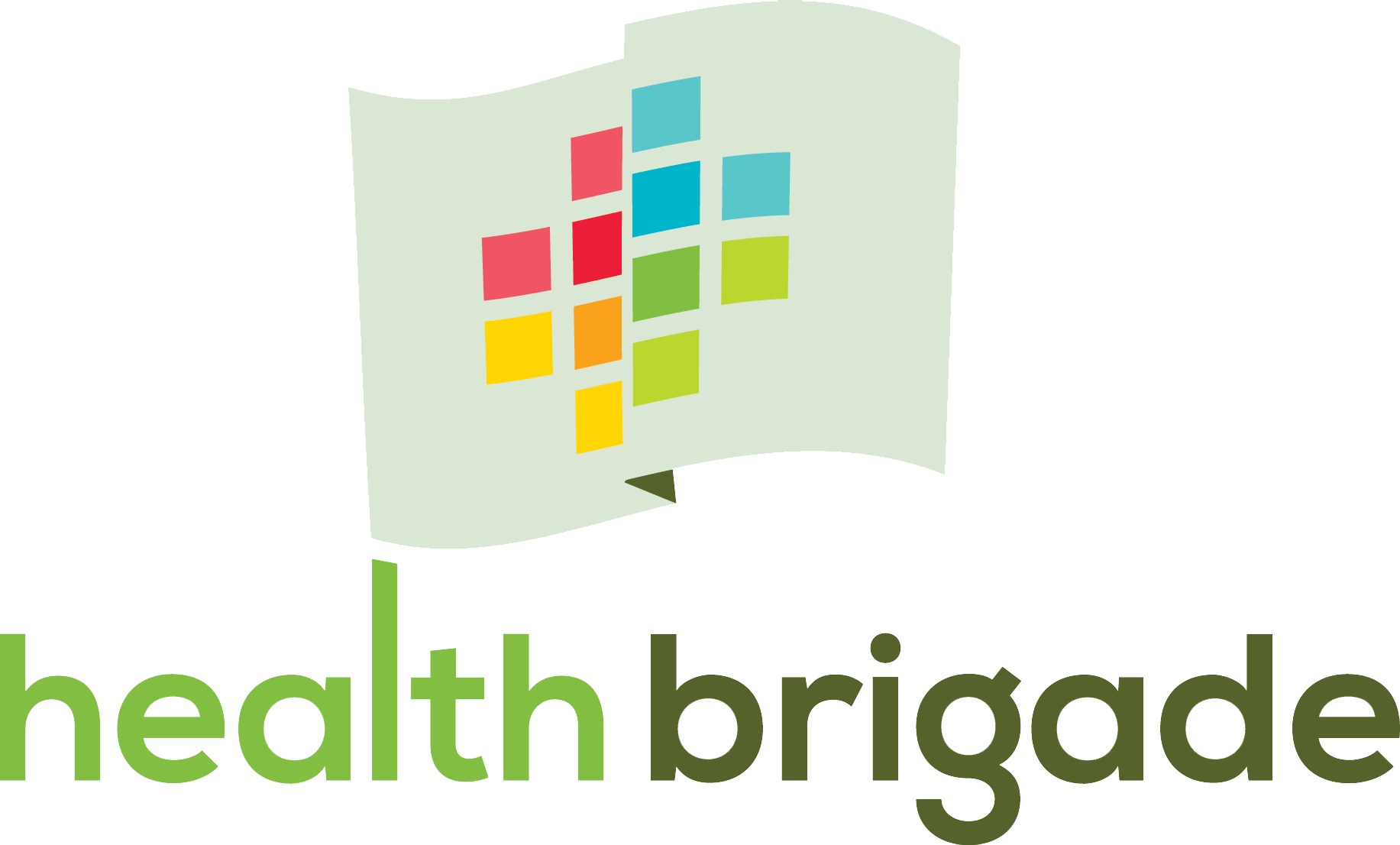Health Literacy
Health Literacy is the degree to which individuals have the capacity to obtain, process, and understand basic health information and services needed to make appropriate health decisions.
The number of people who struggle to understand the healthcare they receive may surprise you.
The video below will help you gain a greater understanding of the challenges of communicating health care information.
OPTIONAL: the report below provides more detailed analysis of the impact of limited health literacy in the United States.
The people most affected by limited Health Literacy include:
- Older adults
- People of low socioeconomic status
- People who did not finish high school
- Communities of color
- Recent immigrants
- People who have limited English proficiency
Effects of limited Health Literacy include:
- Limited knowledge of body
- Limited knowledge of the nature and cause of a disease
- Less awareness of how to prevent illness and stay healthy
- Less knowledge of their own medical conditions and self-care instructions
- Difficulty understanding numeric medical information
- Difficulty understanding when or how to take medication
- Difficulty identifying risks and side effects printed on drug labels
People with limited Health Literacy are:
- More likely to describe their health as ‘poor’
- Less likely to use preventive services
- More likely to use emergency services
- Often ashamed about their health literacy skill level
General indication of limited Healthy Literacy:
- Does not take medications correctly
- Frequently misses appointments
- Fails to follow through on tests or referrals
- Does not complete intake forms
- Cannot provide a detailed history of their illness or treatments
- Asks few questions
- Avoids reading tasks
- Does not remember information read earlier
Some general strategies:
- Focus on client
- Use plain, non-medical language
- Be specific
- Limit content to 2-3 main points
- Repeat key points multiple times
- Incorporate words/expressions used by client
- Make client feel valued
- Consider client’s cultural context
- Pay attention to non-verbal messages
- Encourage client to ask questions
Copyright © 2024 all rights reserved
